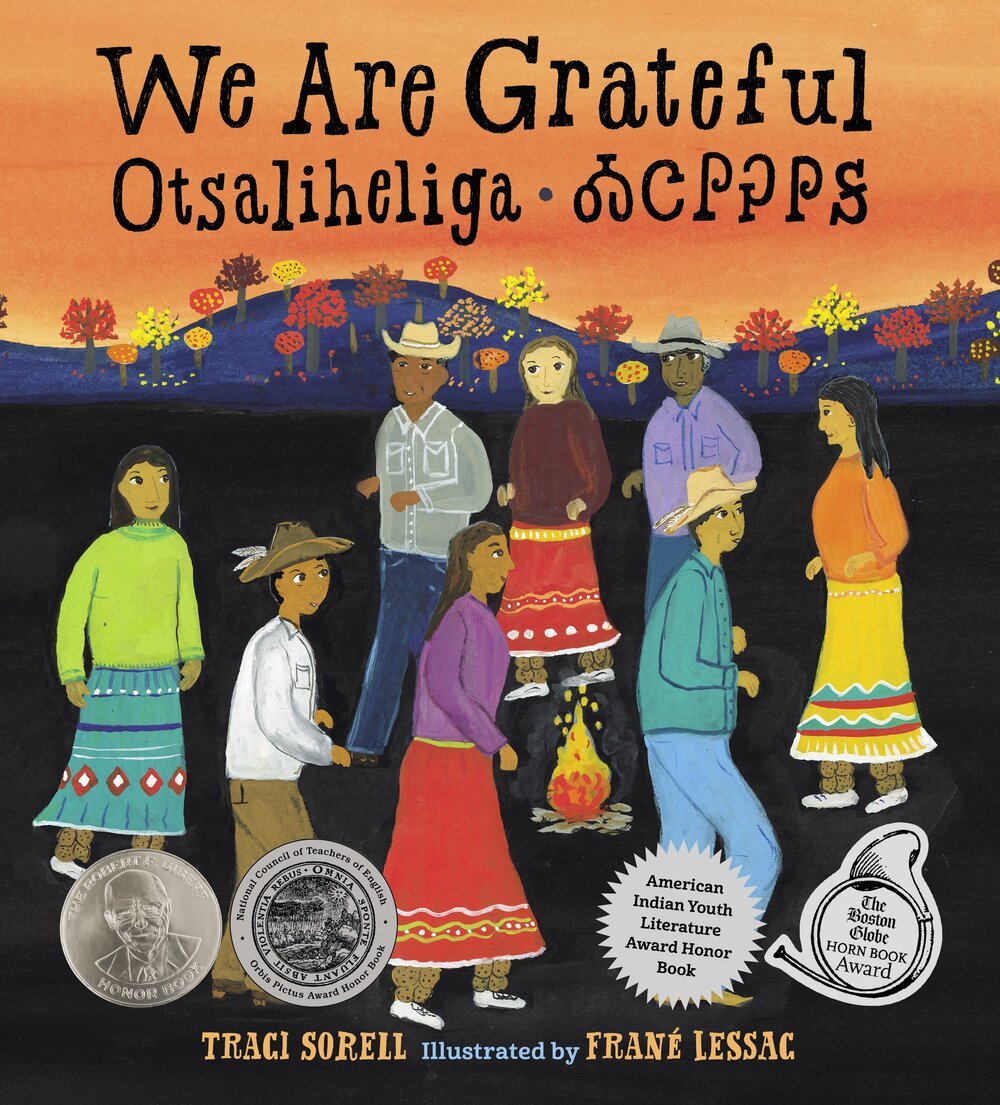As COVID-19 deaths spiked in 2020, Suzanne Firstenberg’s public art installation "In America: How could this happen…"
Museum Artifacts

Grade Range:
K-12
Resource Type(s):
Artifacts, Primary Sources
Date Posted:
11/4/2008
Life on America's farms in the 1920s and 1930s meant hard work and frugal habits. Farm families were used to "making do" with what they had, wasting nothing that could be recycled or reused. With feed sacks and flour bags, farmwomen took thriftiness to new heights of creativity, transforming the

Grade Range:
K-12
Resource Type(s):
Artifacts, Primary Sources
Date Posted:
12/17/2010
Physical Description
Handwriting on paper attached to bamboo.
Specific History
Emilio Aguinaldo’s address to the Philippine people, bearing his seal. The paper is attached to a woven bamboo board. It was found one morning hanging on a fence in the town of Bugasou, P

Grade Range:
K-12
Resource Type(s):
Artifacts, Primary Sources
Date Posted:
8/11/2009
Cast-iron toys are essentially American. Small foundries and factories were mass-producing them towards the close of the 19th century. These toys were sold in novelty stores, department stores, or mail order catalogs. One can follow along with shifts in technology by recognizing the changes in th

Grade Range:
K-12
Resource Type(s):
Artifacts, Primary Sources
Date Posted:
1/24/2011
When displayed in a home, business, or church, the flag indicates that one member of the family or other group is actively serving in the armed forces. A blue star indicates a member currently serving, while a gold star indicates a member killed while serving.

Grade Range:
K-12
Resource Type(s):
Artifacts
Date Posted:
2/1/2017
In 1776 Thomas Jefferson wrote the Declaration of Independence on this portable desk of his own design. It features a hinged writing board and a locking drawer for papers, pens, and inkwell.
By the summer of 1776 members of the Second Continental Congress prepared to declare thei

Grade Range:
K-12
Resource Type(s):
Artifacts
Date Posted:
12/30/2020
Some girls made history by simply going to school and claiming their right to belong. Minnijean Brown is one of those girls. In 1957, she and eight classmates integrated the all-white Central High School in Little Rock, Arkansas, during the civil rights movement. White students physically and verbal

Grade Range:
K-12
Resource Type(s):
Artifacts, Primary Sources
Date Posted:
7/8/2009
In the 1950s, the station wagon became a staple of America's new suburban landscape and a ubiquitous extension of the suburban home. This car reveals how one family adopted a mobile, active lifestyle and how station wagons shaped family life.
Between the 1920s and 1940s, station wa

Grade Range:
K-12
Resource Type(s):
Artifacts, Primary Sources
Date Posted:
6/25/2010
This buckskin coat was worn by Custer when he was Lieutenant Colonel with the 7th U. S. Cavalry in the Dakotas. It was one of several owned and worn by Custer, who prefered to dress like a frontiersman while out West.
In 1912, Custer's widow, Elizabeth, donated this buckskin coat t

Grade Range:
K-12
Resource Type(s):
Artifacts, Primary Sources
Date Posted:
3/5/2009
This beautiful daguerreotype by Boston-area photographer George K. Warren (1832–1884) is of the photographer's wife, Mary Ann Warren. The Photographic History Collection has a collection of letters, scrapbooks, daguerreotypes, ambrotypes, cartes-de-visites, cabinet cards, other paper prints, an

Grade Range:
K-12
Resource Type(s):
Artifacts, Primary Sources
Date Posted:
12/15/2010
During the colonial period, cattle horns were used by woodsmen and by soldiers for storing gunpowder in a safe, dry place. The horns also became decorative objects as they were personalized by the owner. Makers carved names, initials, dates, flags, battles, and even full maps on the exterior of t



















